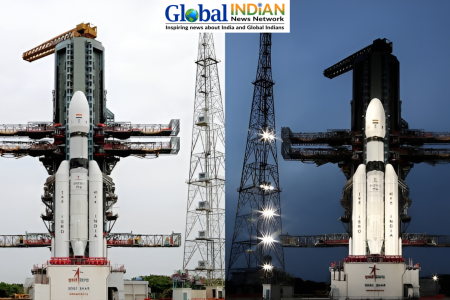 recent study conducted by the International Centre for Integrated Mountain Development (ICIMOD) has revealed that the glaciers in the Hindu Kush Himalaya region are disappearing at an alarming rate. The study, titled “Water, Ice, Society, and Ecosystems in the Hindu Kush Himalaya,” states that the glaciers melted 65 percent faster between 2011 and 2020 compared to the previous decade. These changes, attributed to global warming, are described as “unprecedented and largely irreversible.”
recent study conducted by the International Centre for Integrated Mountain Development (ICIMOD) has revealed that the glaciers in the Hindu Kush Himalaya region are disappearing at an alarming rate. The study, titled “Water, Ice, Society, and Ecosystems in the Hindu Kush Himalaya,” states that the glaciers melted 65 percent faster between 2011 and 2020 compared to the previous decade. These changes, attributed to global warming, are described as “unprecedented and largely irreversible.”
The ICIMOD, based in Kathmandu, Nepal, published the report, which warns that if current emissions trajectories continue, the glaciers in the Hindu Kush Himalaya could lose up to 80 percent of their current volume by the end of the century. Additionally, snow cover is projected to decrease by up to 25 percent, significantly impacting the freshwater supply for major rivers in the region. It is predicted that the availability of water will reach its peak in the mid-century.
The study also highlights the diminishing extent of permafrost, which will contribute to increased landslides and infrastructure challenges at high elevations.
Izabella Koziell, the deputy director general of ICIMOD, emphasized the importance of the glaciers in the Hindu Kush Himalaya as a crucial part of the Earth system. She expressed concern for the two billion people in Asia who rely on the water stored in these glaciers and snow. Koziell stressed the need for immediate action by leaders to prevent catastrophic consequences.
While the study warns of the dire situation, it also emphasizes that there is still time to save the region. However, it requires urgent and significant reductions in emissions to address the crisis effectively.












